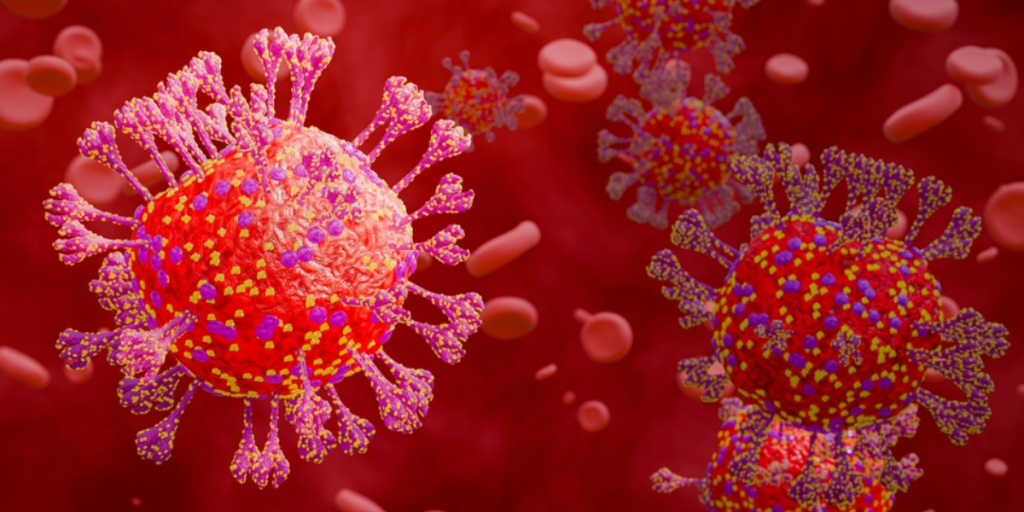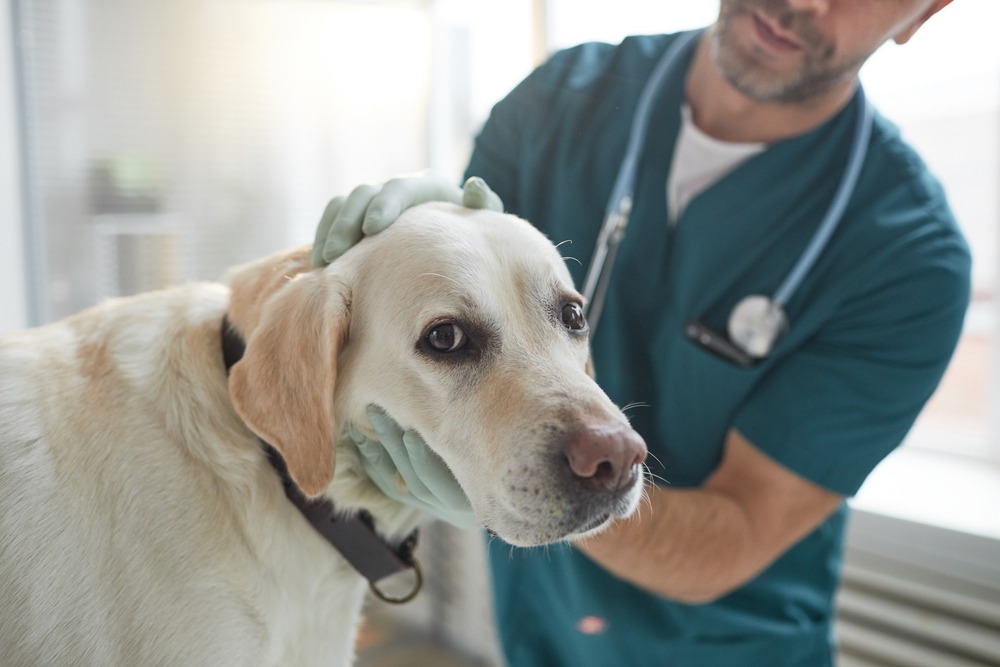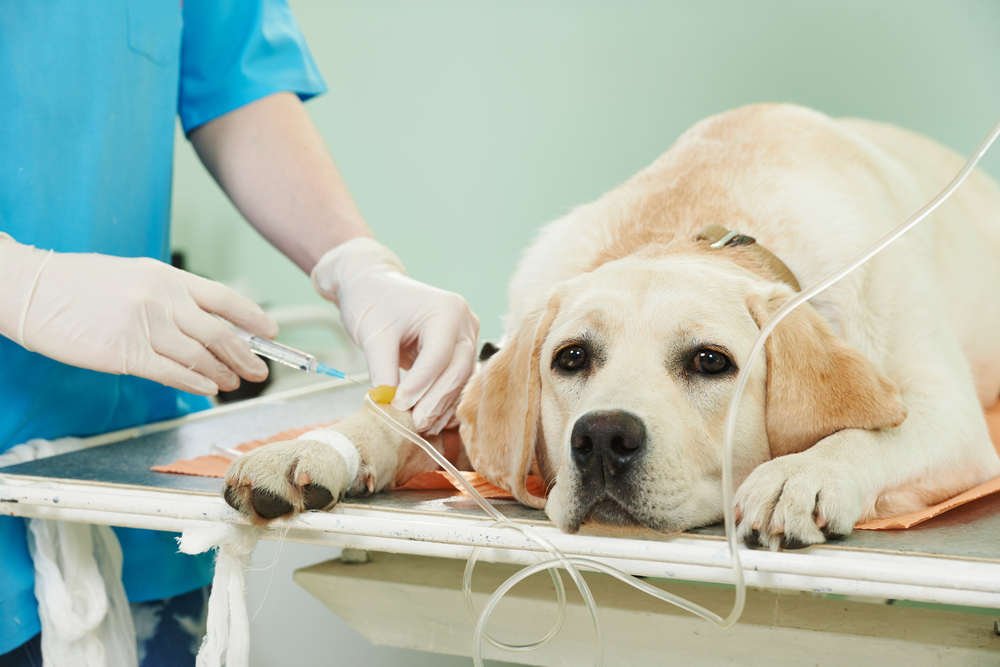The CDC and WHO both maintain updated resources showing where rabies is most prevalent and how accessible treatment is in those regions.
Others are reading now
Though rabies is rare in humans in the U.S., the disease remains a serious public health concern. Since September 2024, six people have died from rabies nationwide, and the Centers for Disease Control and Prevention (CDC) is now monitoring 14 possible outbreaks across 20 states.
The agency is urging increased awareness and swift action in cases of exposure.
What Is Rabies, and How Is It Spread?

Rabies is a deadly virus that targets the brain and spinal cord. It’s primarily spread through the saliva of infected animals, usually via bites.
However, it can also be transmitted if the saliva enters the eyes, mouth, or open wounds, like from a scratch or direct contact. Once symptoms appear, rabies is almost always fatal.
Bats, Not Dogs, Are the Top Rabies Risk in the U.S.

Globally, dogs account for most rabies deaths, especially in areas with limited vaccination programs.
Also read
But in the U.S., bats are the leading culprits. Other rabies-carrying animals include raccoons, foxes, skunks, and coyotes. The CDC reports about 4,000 animal rabies cases each year in the U.S., with 90% involving wildlife.
Recognizing the Symptoms of Rabies in Humans

Rabies starts with no symptoms during the incubation period, which can last weeks or even months. Early signs resemble the flu, fever, fatigue, headaches, and body aches. As the virus progresses, symptoms become severe: confusion, hallucinations, aggression, and the classic hydrophobia (fear of water).
Excess saliva and erratic behavior are also common. Death follows soon after these symptoms emerge.
Who’s Most at Risk of Contracting Rabies?

People working closely with animals, like veterinarians, wildlife handlers, or lab workers, are at higher risk. So are travelers heading to countries with a high rate of rabid dogs, especially in parts of Africa and Asia.
Can You Get Vaccinated Against Rabies?

Yes. Pre-exposure prophylaxis is available for people at high risk. It involves two vaccine doses given a week apart.
Also read
Depending on your risk level, follow-up blood tests or booster shots may be recommended. For most Americans, this vaccine isn’t necessary unless you’re in a high-risk job or traveling to areas with limited medical care.
When Is Rabies Exposure a Medical Emergency?

Any bite from a wild animal like a bat, raccoon, or fox is considered a possible rabies exposure. Even finding a bat in your room while sleeping, without clear evidence of a bite, warrants medical attention.
If possible, the animal should be safely contained and tested, but don’t risk injury trying to catch it yourself. Contact animal control instead.
What Happens After a Rabies Exposure?

If you’ve never had a rabies vaccine, post-exposure treatment includes a shot of rabies immunoglobulin and four doses of the vaccine over two weeks. People with weakened immune systems get a fifth dose.
Those already vaccinated skip the immunoglobulin but still need two more vaccine doses. Quick action is essential, the treatment must begin before symptoms appear.
Also read
Key Ways to Protect Yourself and Your Pets

Keep pets current on their rabies vaccinations, and steer clear of wild or stray animals. Teach children to do the same.
If you notice an animal acting strangely, like being unusually aggressive or disoriented, call animal control. Seal up any home entry points to prevent bats from getting inside, and always seek medical help after potential exposure.
Rabies Is Rare but Ruthless—Don’t Take Chances

While rabies deaths in the U.S. remain uncommon, the virus is virtually 100% fatal once symptoms start. That’s why prevention, awareness, and immediate treatment after exposure are vital.
If there’s any doubt about a possible encounter, get medical advice right away. Better safe than sorry.


